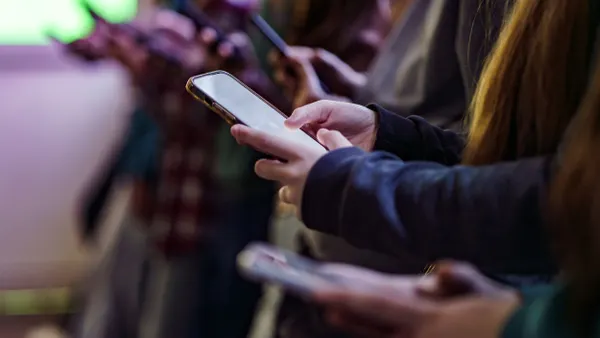Dive Brief:
- The rise in digital content and resources being used and created in classrooms has given rise to concerns over intellectual property and copyright violations, eSchool News reports.
- Educators must do more than a simple Google image search to find images they'd like to use in their instruction, learning more about Creative Commons and how to configure Google and other image search tools to locate images under those licenses.
- When establishing best practices for respecting intellectual property, educators should ensure that locating the Creative Commons license for images and other resources is part of the process, and also that attribution information is included in whatever material they use.
Dive Insight:
Aside from being good practices for educators to embrace, the process of ensuring intellectual property and copyright are respected is also a learning opportunity for students. Understanding how to identify the license on a piece of content and properly attribute it can help students later on with the content they create, in addition to helping them better understand the problem with piracy — an issue that has become overlooked in a world where illegal downloads for music, movies, software and other content are abundant.
Amid the rise in popularity of open educational resources, intellectual property concerns have gained prominence in education. If an educator creates their own resources or mixes and matches content from a variety of sources, how is the proper attribution of that content, as well as any photos or videos, guaranteed — and, if necessary, compensated? Most content isn't created pro bono, after all. It's a question that's at least as important as those of quality control, discoverability and other issues that have been at the heart of these debates in both K-12 and higher education since as far back as 2013.
As a baseline, district administrators should ensure that, at a minimum, there are best practices in place around identifying usage licenses and providing proper attribution.












